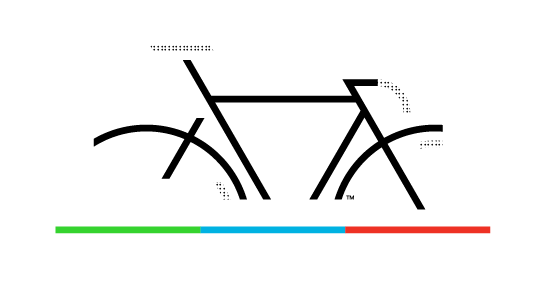How Do Cipressa & Poggio Stack Up?
Milan-San Remo, the longest one-day race on the pro calendar, tests riders with 261 km of build-up before they hit the decisive Cipressa and Poggio climbs. These ascents aren’t monstrous on paper, but after seven hours in the saddle, they become race-defining. To put them into perspective, we’ve lined them up against two classic U.S. climbs: Rock Store in the Santa Monica Mountains and Flagstaff in Boulder.
Cipressa (5.6 km, 4.3% avg) is a steady grind, comparable in length to Rock Store but with a milder pitch. Poggio (3.7 km, 4.0% avg) is short and punchy, demanding the kind of acceleration that makes or breaks the final sprint.
Compare that to Boulder’s Flagstaff (4.7 km, 6.5% avg), where steeper grades force a relentless effort. While neither Italian climb is the hardest you’ll ride, the race-day fatigue and tactical urgency make them feel like mountains.
Would you rather take on these climbs fresh or after 160+ miles of racing?
Wout's Favorites vs Colorado
We had an absolute blast riding with @woutvanaert on @rouvyapp today! During an Instagram Live session, someone asked him about his favorite climbs, and he mentioned the Stelvio and Mont Ventoux. Naturally, we had to dive into a quick comparison of those epic climbs.
The Stelvio is steep, long, and way higher in elevation compared to most climbs. If you’re familiar with Independence Pass outside Aspen, the distance is comparable, but the Stelvio is much steeper. Mont Ventoux? Another beast altogether, with its own unique challenges.




